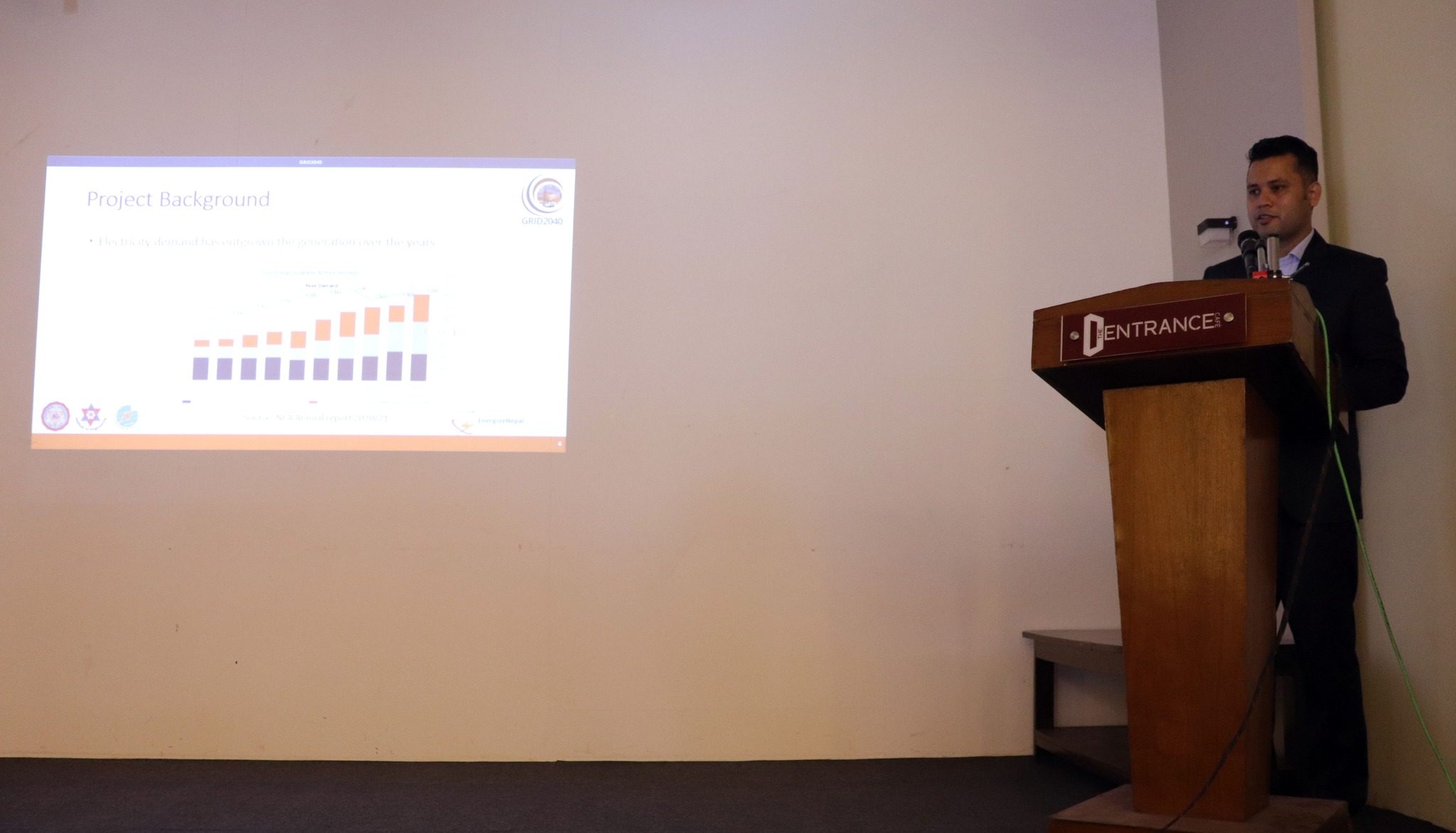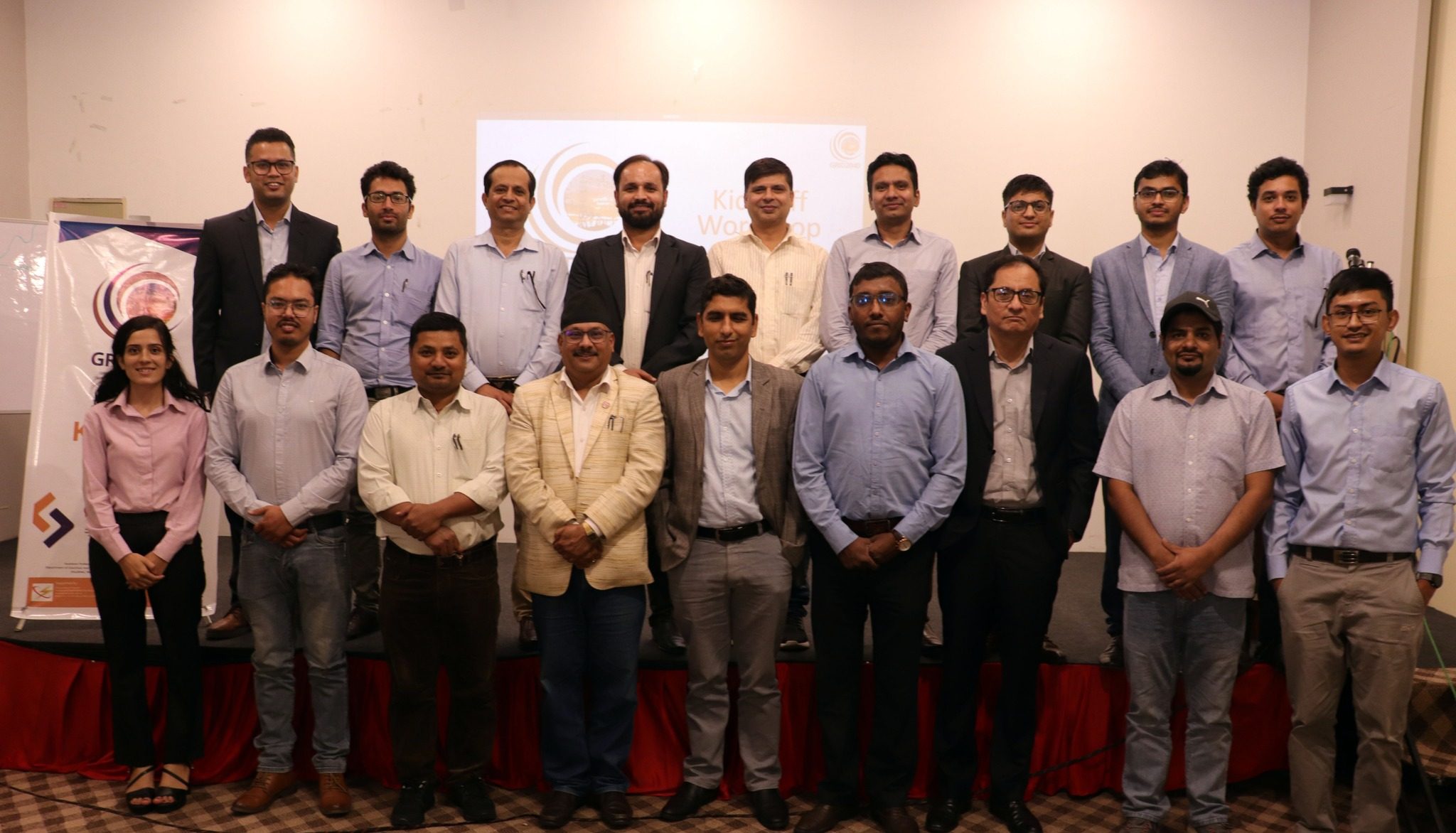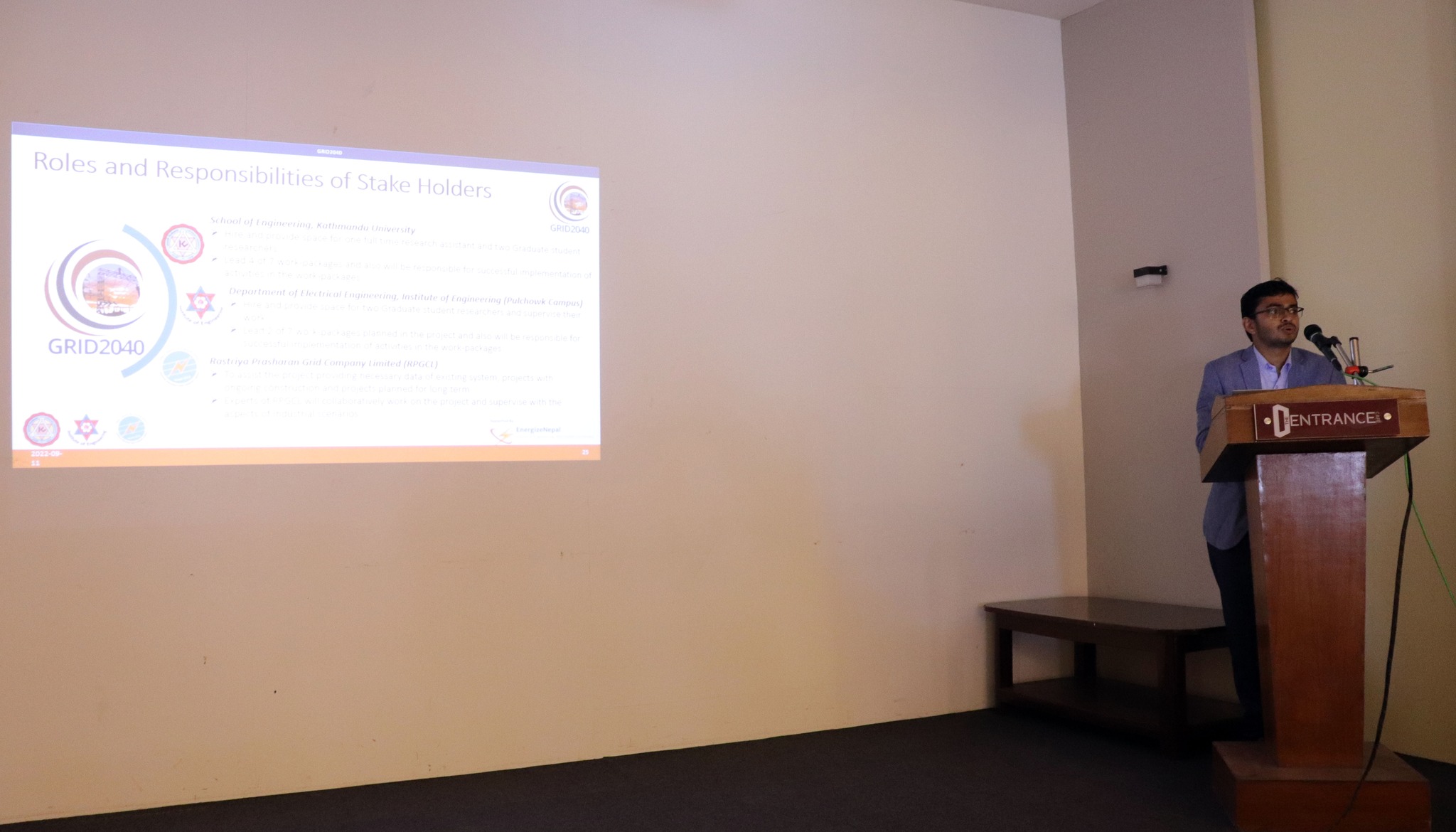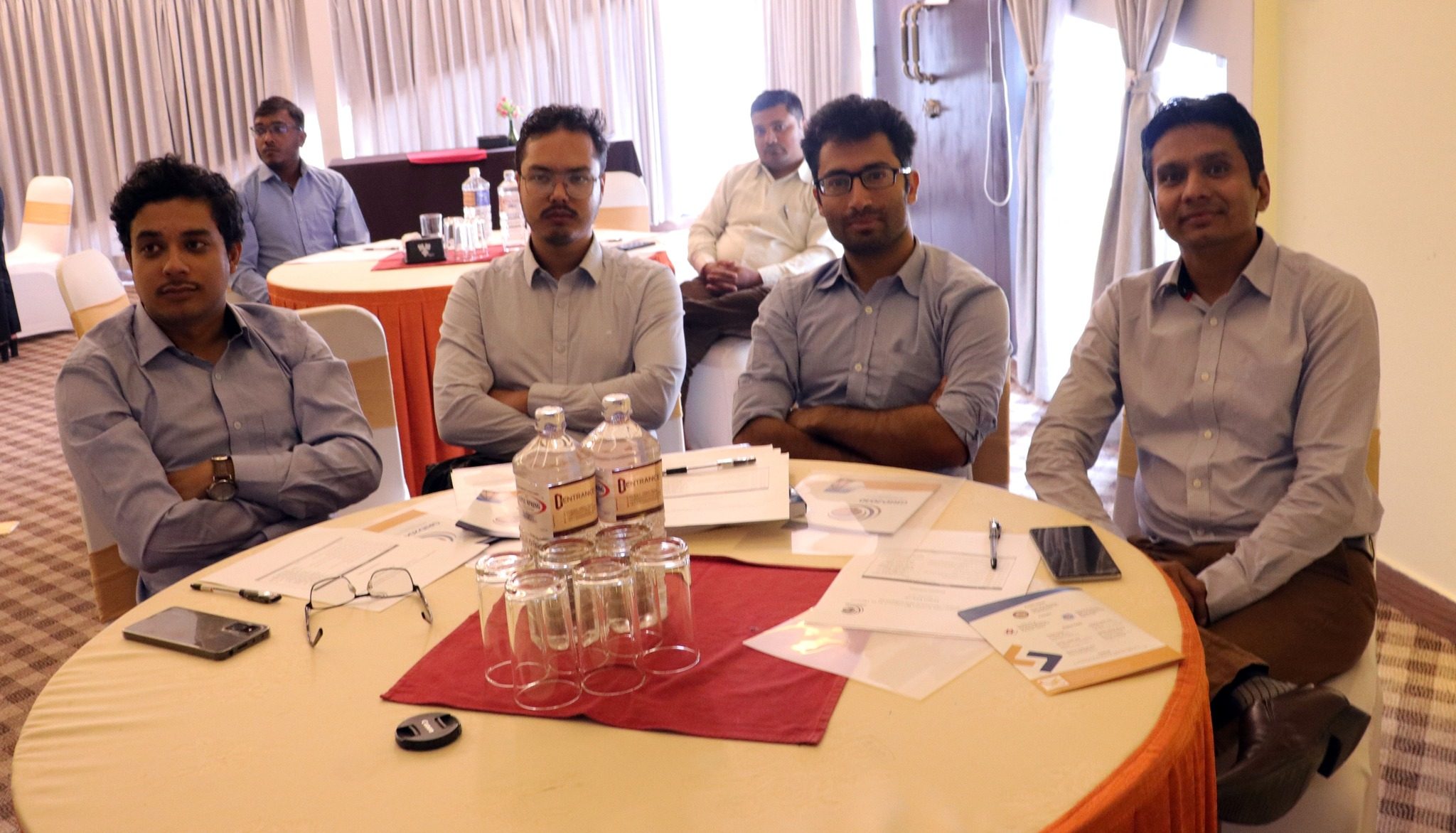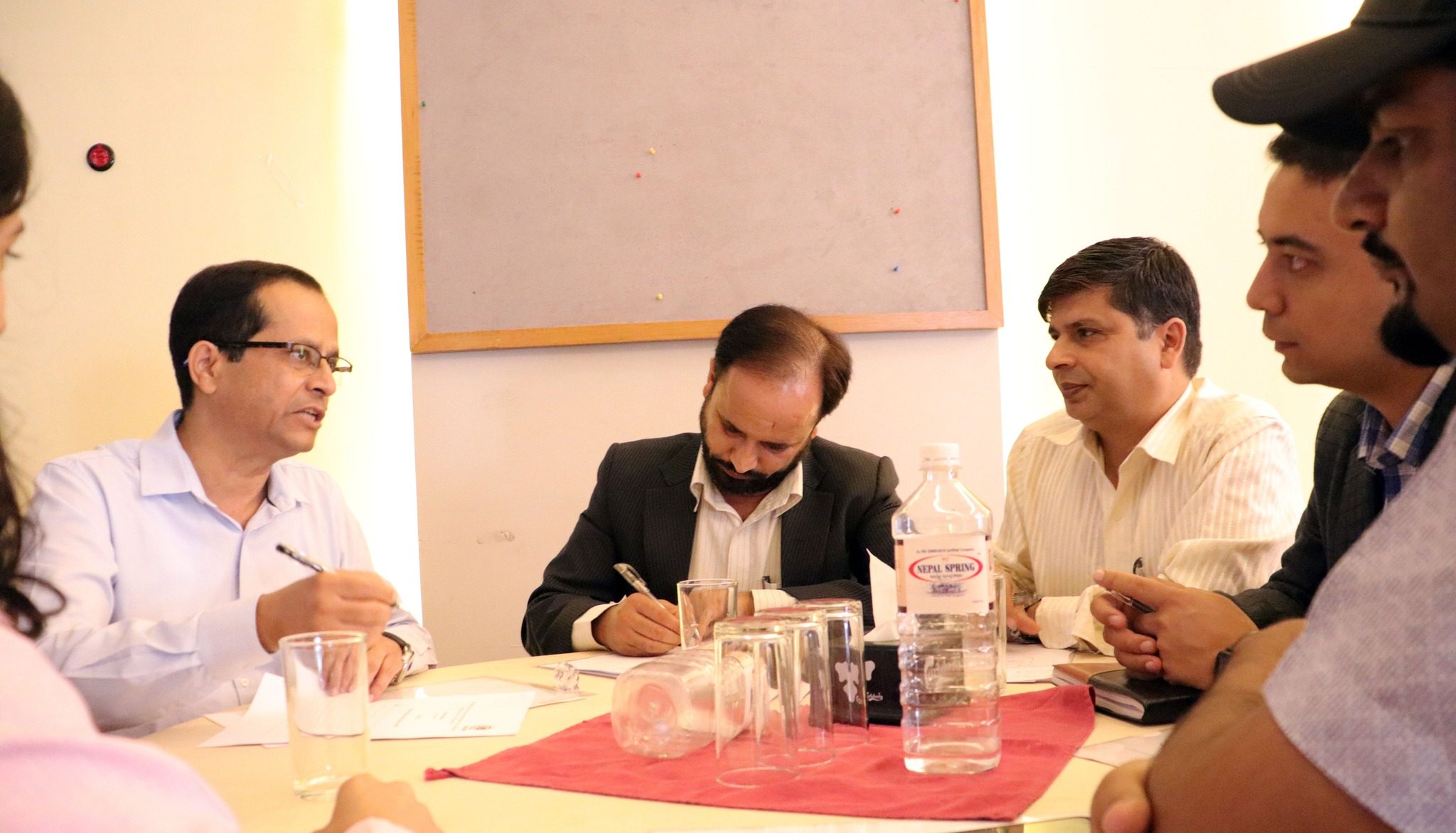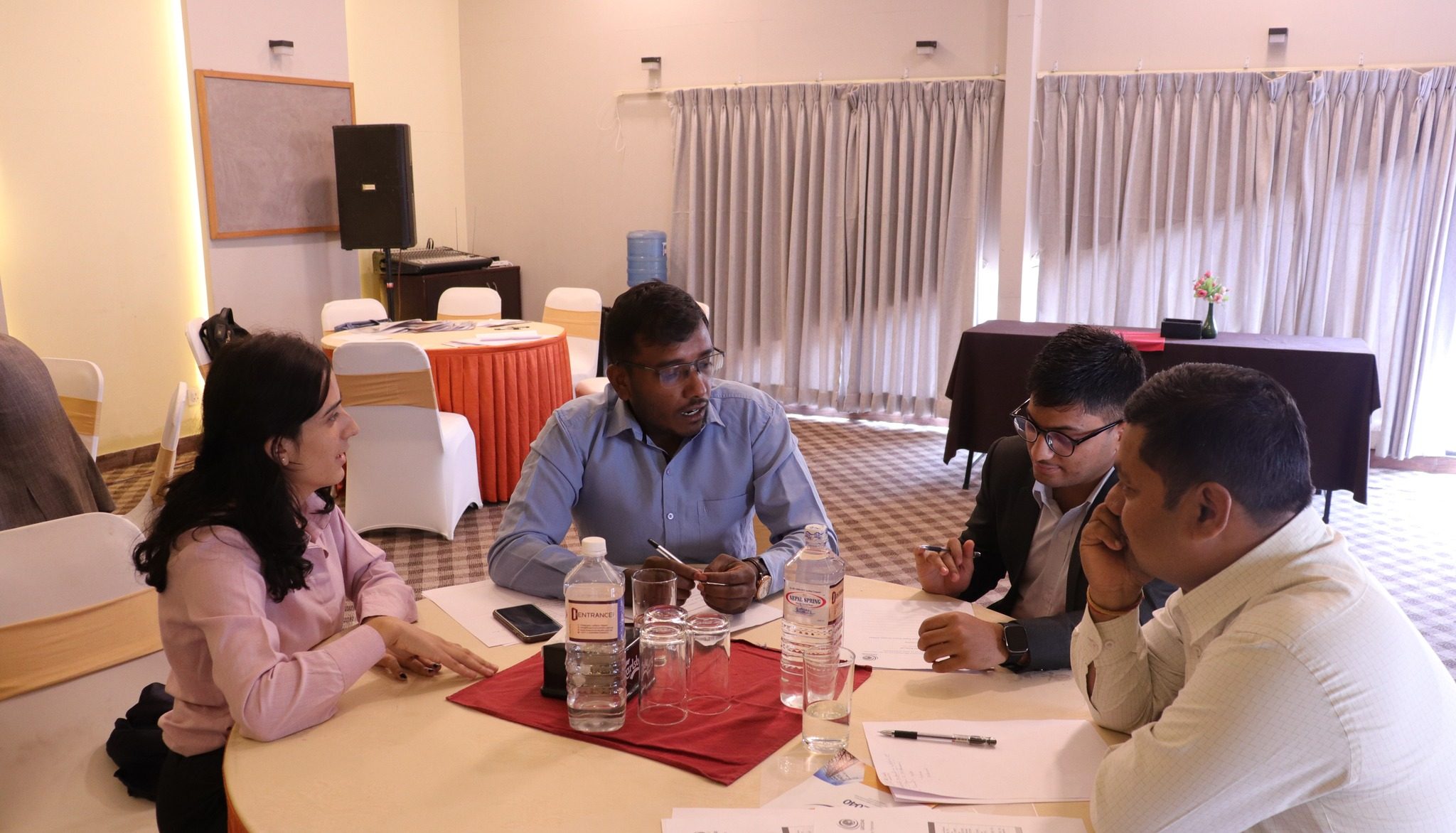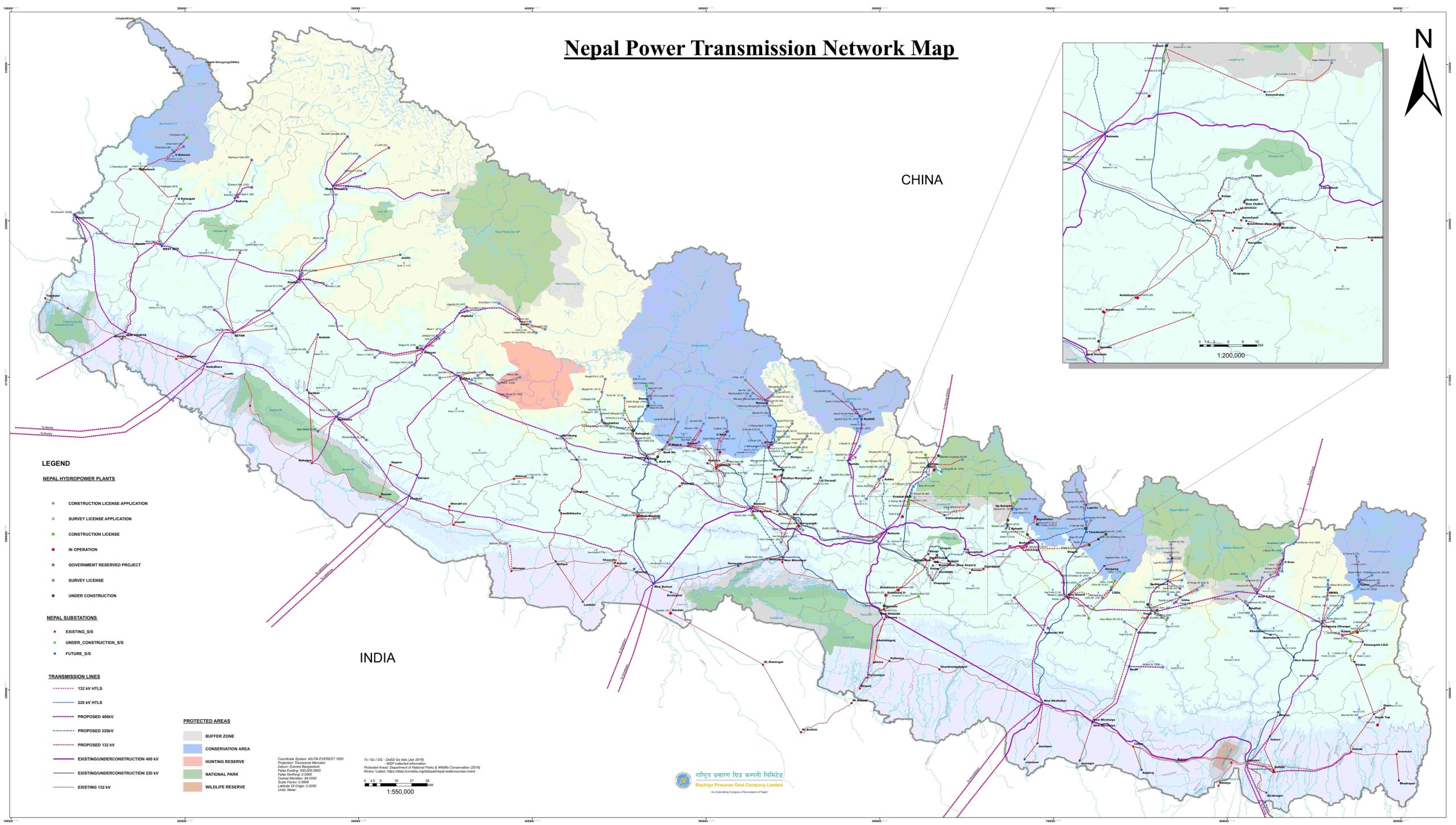Project Summary
With the increasing dependence of modern society on power supply, the economic loss and social impact caused by blackout or power outage problems relating to power balancing are becoming more and more serious. Nepal has abundance of hydroelectric potential and hydropower development is one of the key development areas with participation from both governmental and non-governmental stakeholders. While the hydropower generation is taking pace throughout the country, the development of transmission lines cannot be overlooked for evacuating the generated power to reach to the end-consumer. In that regards, the state-owned company Rashtriya Prasharan Grid Company Limited has developed a long-term transmission line development plan. This master plan presents the load, generation and transmission line scenario for the year 2040. However, there remains some doubt on the accuracy of the load growth scenario presented as a lot of discrepancies are seen among different load forecast models presented in the report. Moreover, the master plan does not take into account the uncertainities in the generation growth scenario. An overestimation of long-term electricity demand will result in significant wasteful investment in excess power plants, whilst an underestimate will result in the insufficient generation and inadequate demand. According to the NEA annual report, the transmission line length in Nepal has increased from 279.50 km in Fiscal Year (FY) 2076/77 to 604.74 km in 2077/78. From this, it can be observed that the transmission system in Nepal is developing at an accelerated rate. For such a fast developing system, classical forecasting methods give a poor performance, hence for such systems a computational method based on the knowledge-based expert system that takes into account the present situation of the power system, all electrical variables, and non-electrical variables are found to be more accurate. At the same time, scenario-based strategies for the optimum and reliable operation of the future power grid, backed by strong technical, financial and feasibility analysis is necessary to make the grid future-ready. In this project we aim to develop a scenario based technical, financial and feasibility analysis, considering the lines of all the voltage levels, to reconfigure and reinforce the grid in the subsequent years between 2023-2040 by taking into account the shortcomings brought in by the change in the generation and load scenarios as well as the meteorological data. One of the major outcomes of the project is a robust analytical tool that will result in the “best” option for the reconfiguration and reinforcement of the grid for any given operating scenario.

